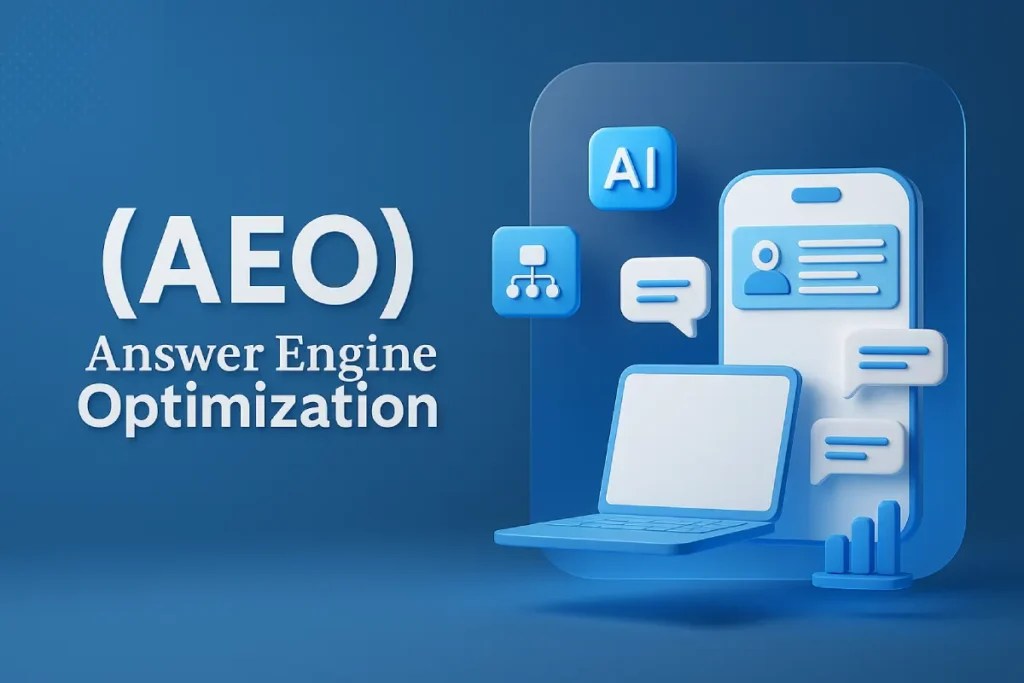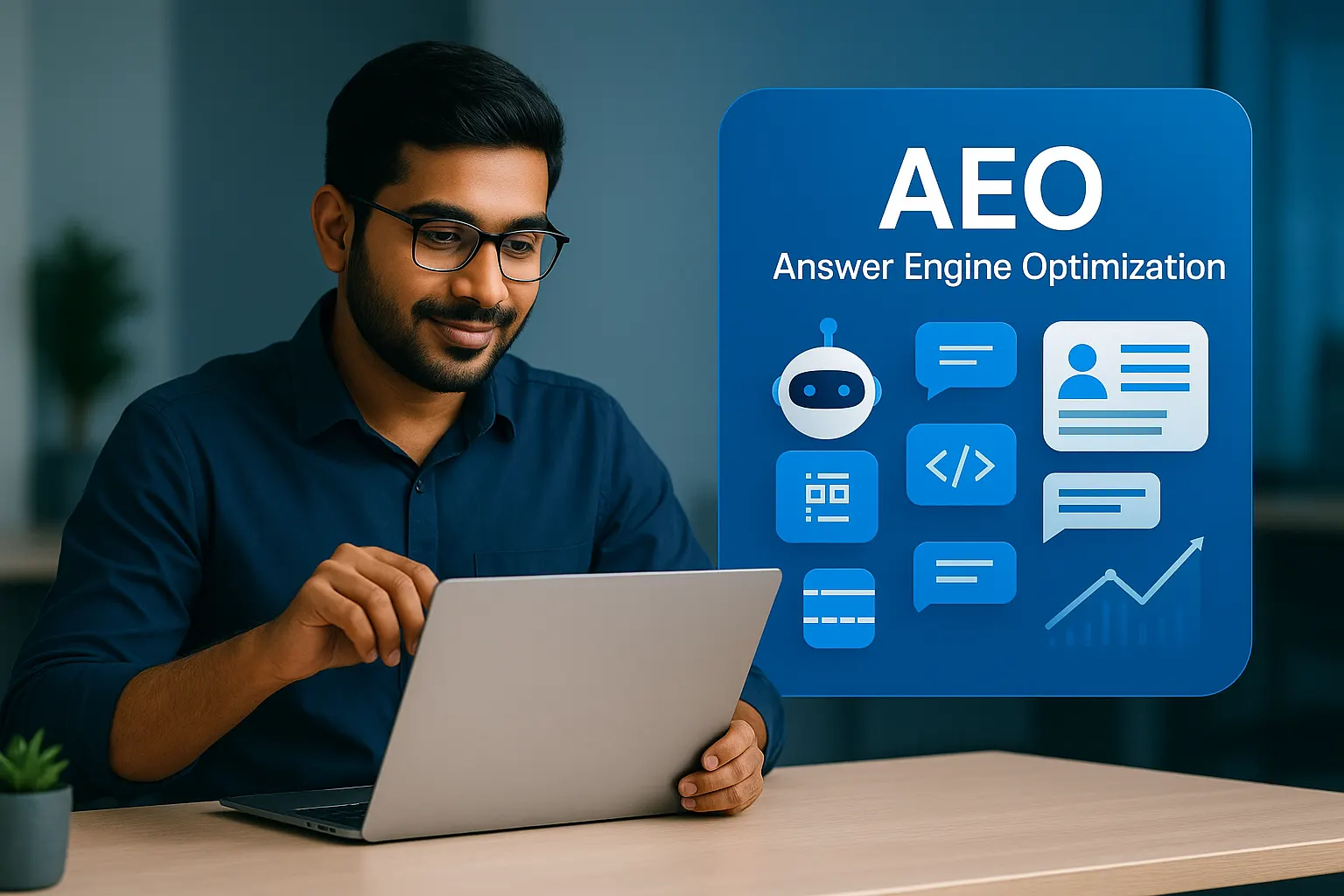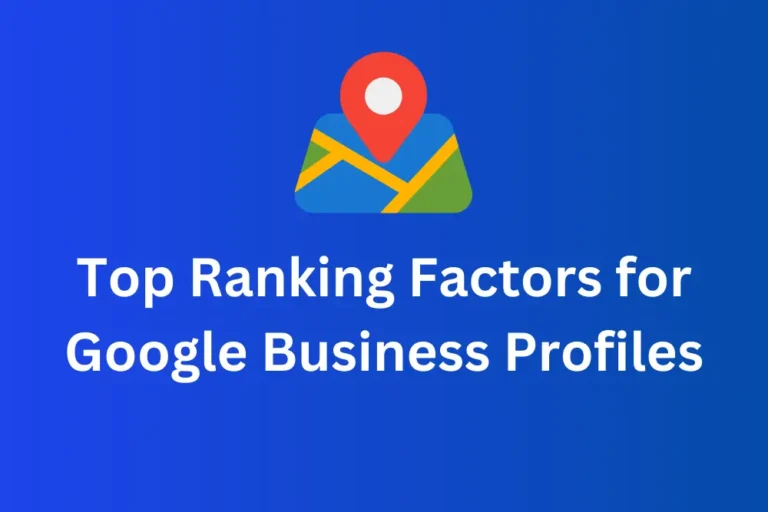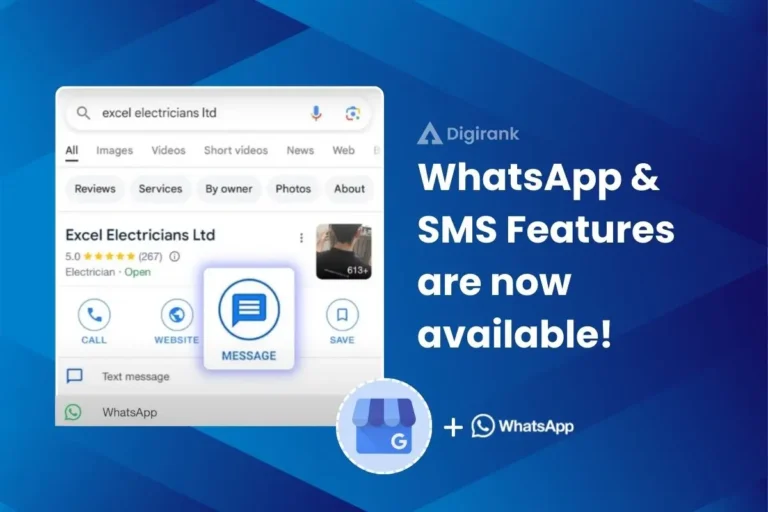What is AEO (Answer Engine Optimization)? A Complete Guide
If you’ve ever asked ChatGPT a question or searched for something on Google and received a direct answer instead of a list of links, you’ve already seen AEO at work. What is AEO (answer engine optimization)? In simple terms, it’s the method of shaping your content so AI systems and search algorithms can understand it, trust it, and use it to deliver instant answers.
AEO shifts the focus from ranking websites to being the most accurate, helpful source of information that answer engines rely on. As AI systems become the default way people search, AEO is quickly becoming a core part of modern SEO.
This guide breaks down the entire landscape so you understand what AEO is, why it matters, and how to use it to stay ahead.
What is AEO (Answer Engine Optimization): Definition and Goal
AEO isn’t just another SEO tactic. It’s a response to how information search is evolving.

Strategy Focus
Traditional SEO aims for higher rankings on search results pages. AEO takes a different approach: its goal is to create content that AI systems can interpret instantly. These systems prefer structured answers, factual clarity, and context-rich content.
Primary Goal
The main goal is simple: become the source that answer engines trust enough to quote or summarize. That includes:
- Direct responses to questions
- Clean context for AI understanding
- Accurate, verifiable information
Required Content Traits
To meet these expectations, content must be:
- Clear and conversational
- Factually rich and well-structured
- Written with natural language that AI models easily understand
- Supported by schema and organized formatting
AEO vs Traditional SEO
Both AEO and SEO aim to get visibility, but they operate differently.
Key Differences
| Traditional SEO | AEO (Answer Engine Optimization) |
| Focuses on ranking pages | Focuses on delivering answers |
| Targets keywords and backlinks | Targets clarity, structure, and factual data |
| Optimizes for human readers | Optimizes for AI interpretation |
| Relies on SERPs | Relies on AI systems and answer engines |
Metrics Tracked
- SEO tracks clicks, impressions, and ranking.
- AEO tracks citations in AI responses, direct answer visibility, and featured snippets.
Similarities
Both strategies depend on:
- High-quality content
- User-focused insights
- Clear and trustworthy information
For a deeper look at core SEO principles that still matter when doing AEO, see What is SEO?.
Where SEO builds visibility, AEO builds authority in the AI landscape.
The Importance and Value of AEO
Here’s the thing: the search world is shifting fast. The rise of AI assistants and conversational search means fewer people click links and more people want answers immediately.
Market Shift
AEO matters because:
- AI assistants are replacing traditional search for quick questions.
- Platforms like Google Gemini, ChatGPT, Bing Copilot, and Perplexity pull answers from structured sources.
- Businesses that adapt early gain a competitive advantage.
Business Benefits
When you optimize for answer engines:
- Your content appears in AI-generated answers.
- You build more brand credibility.
- You get consistent visibility even when SERPs decline. For businesses with a local footprint, optimizing AEO alongside local signals like your Google Business Profile is essential — read more on Local SEO and Google Business Profile optimization.
- You attract higher-intent users.
Performance Results
Brands adopting AEO have reported:
- Higher visibility in AI tools
- Increased featured snippet capture
- More organic leads due to precise informational authority
The shift is real, and the results speak for themselves.
Implementation Strategy: How to Do AEO
AEO works best when your content is structured in a way that AI systems can instantly understand, extract, and trust. Here’s how to implement it effectively.
Structure your content for clarity
Use clear headings, concise sentences, and scannable formats like lists and tables. AI models pick up structured information faster, which increases your chances of appearing in featured answers and AI-generated responses.
Use conversational language
People don’t type and speak the same way. Voice assistants rely on natural, conversational phrasing. Target user questions in a tone that mirrors how they actually talk. This helps answer engines match your content to spoken queries.
Provide direct answers
Begin each section with a crisp, direct answer to the question being addressed. Then expand with context, examples, and supporting details. AI tools prioritize content that answers the question upfront.
Include structured data
Add schema markup so AI systems understand the meaning of your content. Structured data improves context, boosts credibility, and increases your chances of appearing in AI Overviews, People Also Ask, and knowledge panels.
Establish authority
AI heavily favors content that demonstrates expertise and trustworthiness. Publish credible, well-researched information — especially for sensitive YMYL topics. Show author credentials, cite reliable sources, and keep your content updated.
Target AI-friendly formats
Optimize for the frequent answer engines:
- People Also Ask
- Featured snippets
- AI Overviews
- Definitions
- Step-by-step guides
These formats give your content higher visibility and make it easier for engines to extract the right information.
When your content follows these patterns, AI systems extract answers quickly.
Use reliable tools to audit structure and schema.
Keep your pages updated so answer engines trust your information.
Challenges of AEO
AEO is powerful, but it comes with a few hurdles.
Tracking Performance
There’s no single metric for AEO success. Tracking requires monitoring:
- Where your content appears in AI responses
- How often do AI systems select your content
- Whether you’re gaining more featured answers
Internal Support and Buy-in
Because AEO is new, many businesses struggle with:
- Budget approval
- Leadership understanding
- Alignment between SEO, content, and tech teams
Optimizing for Multiple Engines
Each system has its own preferences:
- Google prefers structured, verified content
- ChatGPT prefers clear, conversational explanations
- Bing Copilot leans heavily on citations
- Perplexity values precise, factual detail
Balancing these differences requires thoughtful planning.
FAQs
How to optimize for answer engines?
Focus on clarity, structure, and accuracy. Use question-based headers, short answers, schema markup, and expert-backed explanations.
What is an answer engine?
An answer engine is an AI system that delivers direct answers instead of listing web pages. Examples include ChatGPT, Google’s AI Overviews, and Bing Copilot.
What is the difference between answer engine optimization and SEO?
SEO aims to rank your pages on search engines. AEO aims to make AI systems understand and use your content to deliver direct answers.
Is ChatGPT an answer engine?
Yes. ChatGPT functions as an answer engine by generating responses based on content it has learned and verified in real time.
Conclusion
AEO isn’t optional anymore. As answer engines continue to lead the way, brands that don’t adapt will lose visibility and high-intent traffic. If your content isn’t getting picked up by AI platforms or your visibility has started dropping, it’s time to act.
At Digirank, we help brands strengthen their content, structure, and authority so they can win across AI-driven search and answer engines. Whether you want stronger rankings, better visibility, or higher trust signals, we’re here to guide you.
Reach out today, and let’s position your brand as the go-to answer source across all major AI platforms.







